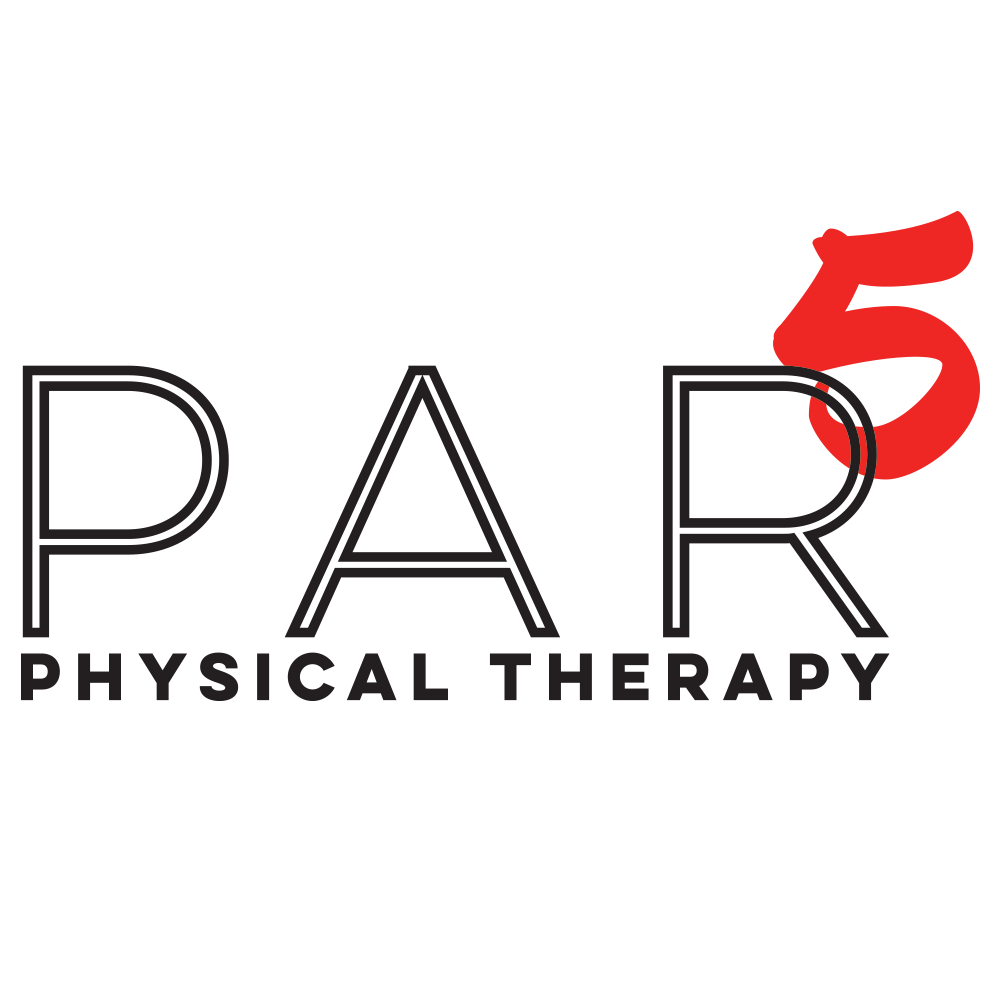What's IASTM? or... What's that metal thingy?
The popularity of using an instrument for soft tissue work is growing, so if you've ever been to a chiropractor, physical therapist, or even a massage therapist, you've probably seen them. They're constructed out of plastic or metal and have beveled edges that the therapist slides against the skin to mobilize soft tissue, hence IASTM (Instrument-assisted Soft Tissue Mobilization). Some of my patients have called them many names, like the "knife" or "blade" or "scraper". But whatever you call them, they are an important tool in the therapy toolbox.
You may wonder where did this come from, is it something new? Who invented it? IASTM has its roots in Eastern medicine where it is known as Gua Sha. Objects made of jade, ivory, or stone are used to scrape the skin to treat a variety of ailments, including the flu.
Western medicine adopted and modified the technique around the mid-90s. Stainless steel instruments were developed by companies like Graston, HawkGrips, and RockTape along with certification courses to teach medical providers how to use them. Depending on what course you took or whose instruments you used, you may get different explanations of what these tools are supposed to do.
Generally, the instruments are used to augment and reinforce a therapist's hands. The use of IASTM is ultimately another way to prolong a manual therapist's career, but IASTM does not replace a therapist's hands.
Muscle, tendons, ligaments, scars, and fascia are the structures that can be treated by IASTM. Fibers that lie in soft tissue from the skin down to the muscle belly are designed for movement, to slide over and under each other. One theory of IASTM is that it can mechanically change the sliding component of these tissues, increasing mobility and flexibility. Another theory is that IASTM is used to increase or decrease tone or pain (up-regulate or down-regulate) in muscle tissue, a more neuromuscular approach.
From a mechanical aspect, IASTM can break up the adhesions or the "stickiness" between layers of tissue or in the fascia. From a neuromuscular aspect, IASTM can reduce pain by activating C-nerve fibers or free nerve endings, decrease tone by stimulating ruffini nerve mechanoceptors, or increase tone by stimulating pacinian corpuscles.
Whether it is from a mechanical or neuromuscular aspect, IASTM is effective in decreasing pain, increasing flexibility, and increasing stability/strength where needed. It should never increase pain or discomfort and it should not cause undue skin discoloration that lasts more than two days.
If you are interested in learning more about how IASTM can help you, contact PAR5 Physical Therapy for more information.

